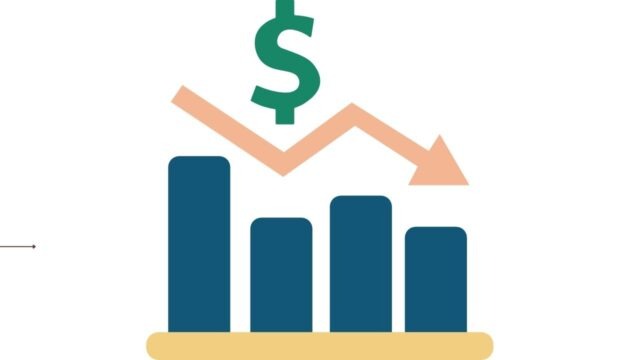
What is capital loss carryover
When an investor realizes a capital loss on the sale of an asset, they may be able to use that loss to offset any capital gains realized in the same year. If the losses exceed the gains, the investor can carry the remaining loss forward to offset gains in future years. The amount of time an investor has to utilize a capital loss carryover depends on the tax laws in their country of residence. For example, in the United States, investors can carry capital losses forward for up to seven years. Capital loss carryovers can provide significant tax savings for investors over time, and as such, it is important to be aware of their existence and how they work.
How to claim capital loss carryover
If you have suffered a capital loss in a given year, you may be able to carry that loss forward to offset gains in future years. In order to do so, you will need to file a Form 1040 or Form 1040-SR and attach Schedule D. On Schedule D, you will need to list your capital losses and gains for the year. You can then carry forward any losses that exceed your gains to future tax years. When claiming a capital loss carryover, it is important to keep accurate records of your investment activity. This will ensure that you are able to correctly calculate your losses and gains in future years. Additionally, it is advisable to consult with a tax professional before claiming a capital loss carryover, as there are certain limitations that may apply.
What are the benefits of capital loss carryover
There are several benefits to utilizing a capital loss carryover. First, it allows investors to offset any future capital gains, which can reduce their overall tax liability. Additionally, it can help investors to keep more of their investment gains, as they will not be subject to taxation on the carried-over losses. Finally, a capital loss carryover can provide a valuable planning tool for investors, as they can use it to strategically manage their taxes in the future.
How to calculate capital gain or loss
When you sell an asset – such as a stock, bond, or piece of real estate – you may incur a capital gain or loss. This is the difference between the selling price of the asset and its original purchase price. To calculate your capital gain or loss, simply subtract your cost basis from the selling price. If the result is positive, you have realized a capital gain. If the result is negative, you have realized a capital loss. Capital gains and losses are typically reported on IRS Form 1040. For long-term assets – those held for longer than one year – capital gains are taxed at a lower rate than ordinary income. As such, it is important to keep accurate records of your cost basis in order to maximize your tax savings.
What is the difference between realized and unrealized gains and losses
When it comes to investments, there are two types of gains and losses: realized and unrealized. Realized gains and losses occur when an investment is sold for a profit or loss. For example, if you buy a stock for $10 and sell it later for $15, you have realized a $5 profit. Likewise, if you sell the stock for $5, you have realized a $5 loss. Unrealized gains and losses, on the other hand, occur when an investment is held but its value has changed.
For example, if you buy a stock for $10 and it’s worth $15 when you check its value later, you have an unrealized $5 gain. Similarly, if the stock is worth $5 when you check its value, you have an unrealized $5 loss. unrealized gains and losses can eventually become realized when the investment is sold. However, they can also reversing course and become unrealized gains or losses again. As a result, it’s important to keep a close eye on both your realized and unrealized gains and losses so that you can make informed decisions about when to sell your investments.
What are the tax implications of selling investments
When it comes to selling investments, there are a few things to keep in mind from a tax perspective. First, any gains you realize on the sale of an investment are subject to capital gains tax. The amount of tax you owe will depend on your tax bracket and how long you held the investment. For instance, short-term capital gains are taxed at your ordinary income tax rate, while long-term capital gains are taxed at a lower rate.
Additionally, it’s important to remember that you may also owe state and local taxes on your capital gains. Finally, if you sell an investment for a loss, you can use that loss to offset other capital gains or up to $3,000 of ordinary income. Capital losses can be carried forward to offset gains in future years as well. When it comes to taxes on investments, there are a few key things to keep in mind. But by being aware of the rules and keeping good records, you can minimize the amount of tax you owe when it comes time to sell.


































